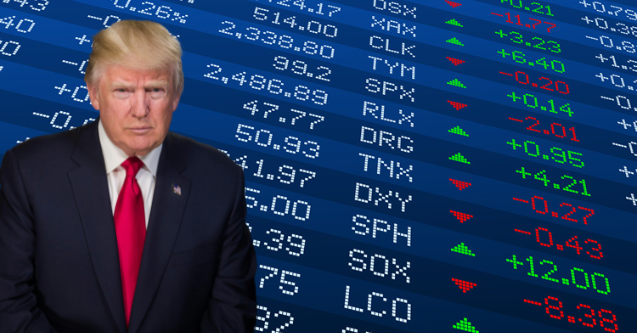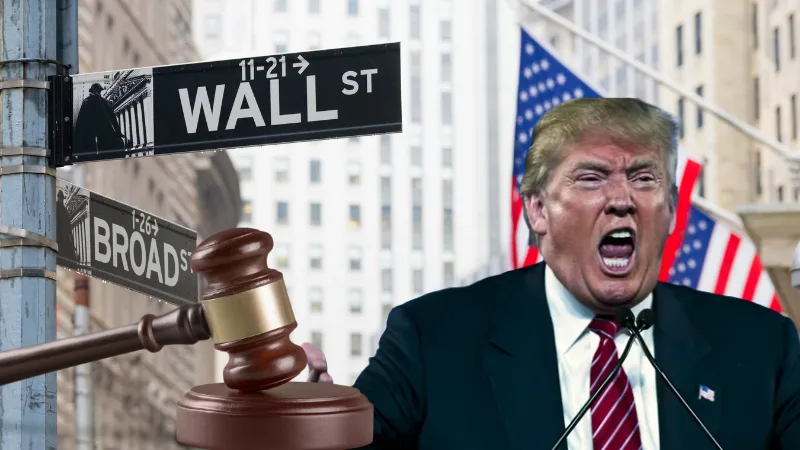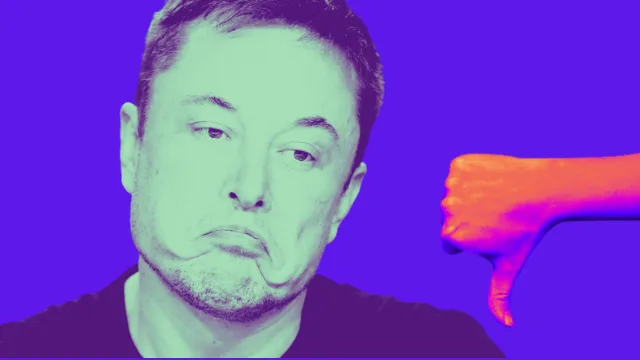The relationship between tariffs and inflation is a complex one that impacts prices, consumers, and the broader economy in various ways. Tariffs, often used as a tool to protect domestic industries, can have both inflationary and deflationary effects. Understanding these dynamics is essential as political leaders, such as Donald Trump, propose sweeping tariffs aimed at reshaping the U.S. economy.
The Positive Impact of Tariffs on Inflation
One potential benefit of tariffs is the protection of domestic industries. By imposing tariffs on imports, the government can reduce foreign competition, encouraging American companies to produce more domestically. This approach may benefit sectors like steel, aluminum, and agriculture, which often struggle against cheaper imports. When domestic production increases, it can contribute to economic stability by preserving jobs and supporting local industries.
Moreover, tariffs can act as a strategic economic tool. Some experts argue that, in specific cases, tariffs might lead to lower inflation by strengthening domestic supply chains. For example, tariffs on critical goods like technology components could encourage companies to invest in U.S. production facilities, potentially reducing dependency on volatile global markets. This approach, if successful, could help stabilize prices in the long run.
According to economist Robert Scott of the Economic Policy Institute, “Strategically applied tariffs can help revitalize U.S. manufacturing, which could eventually stabilize prices on certain goods by reducing reliance on foreign supply chains” (Economic Policy Institute).
The Negative Impact of Tariffs on Inflation
While there are arguments in favor of tariffs, they often result in increased costs for consumers, which can drive up inflation. When tariffs are applied, importers face higher costs that they usually pass on to consumers in the form of price increases. Everyday items like electronics, clothing, and food may become more expensive, as businesses attempt to recover these additional expenses. This rise in prices contributes directly to inflation.
Moreover, tariffs can lead to a reduced supply of foreign goods, which limits consumer choice and drives domestic producers to raise their prices without foreign competition to keep them in check. According to a 2021 study by the Federal Reserve Bank of New York, the tariffs imposed during the U.S.-China trade war added roughly 0.3 percentage points to inflation, illustrating how even targeted tariffs can amplify inflationary pressures (Federal Reserve Bank of New York).
Paul Krugman, Nobel laureate in economics, warns of this outcome: “When you raise tariffs, you essentially create a hidden tax on consumers. This tax shows up as higher prices across multiple sectors, which directly fuels inflation” (New York Times).
What Could Happen if Trump Implements All Proposed Tariffs?
If all of Donald Trump’s proposed tariffs were implemented, economists predict a significant impact on inflation. Trump’s tariffs target a broad range of products, from electronics to automobiles, with the aim of boosting American manufacturing. While this approach may lead to an increase in domestic jobs, the accompanying price hikes could hit American households hard.
Increased Consumer Costs: Experts predict that tariffs would substantially raise prices on imported goods, directly impacting households. A study by the Tax Foundation found that the tariffs proposed during Trump’s presidency, if fully enacted, could increase the cost of living for the average American household by several hundred dollars annually (Tax Foundation).
Reduced Business Competitiveness: Tariffs could also hurt U.S. businesses that rely on imported components. According to Chad Bown of the Peterson Institute for International Economics, “Many American manufacturers use foreign-made parts and materials. Higher tariffs would mean these businesses face increased costs, potentially leading to higher prices for consumers” (Peterson Institute for International Economics).
Potential Inflation Surge: If Trump’s tariffs were applied to additional sectors, the resulting price increases could trigger a surge in inflation. The Federal Reserve may respond by raising interest rates, which could have a cooling effect on economic growth. However, such rate hikes often make borrowing more expensive for consumers and businesses, potentially slowing down consumer spending and investment.
Gary Hufbauer, a senior fellow at the Peterson Institute, cautions, “Broad, sweeping tariffs could lead to substantial inflation across the board, creating challenges for the Federal Reserve and slowing down the economy’s growth trajectory” (Peterson Institute).
Balancing Tariffs and Inflation: Policy Implications
In light of the potential for both positive and negative effects, the use of tariffs remains a controversial issue. While they can protect certain industries, they often lead to unintended inflationary effects that impact all consumers. Policymakers must weigh these trade-offs carefully, balancing the need for economic protection with the risk of inflation.
In the case of Trump’s proposed tariffs, the key question remains: can the benefits of stimulating domestic production outweigh the risks of higher prices? As inflation remains a concern for the U.S. economy, the impacts of tariffs on inflation will be a critical factor in shaping future policy decisions.
With tariffs and inflation being a common topic in the news recently here are some other recent articles you may be interested in.
8 Common Misconceptions About Inflation
A Balanced Look at the Biden-Harris Administration’s Role in Inflation and Kamala Harris’s Proposed Economic Plan





